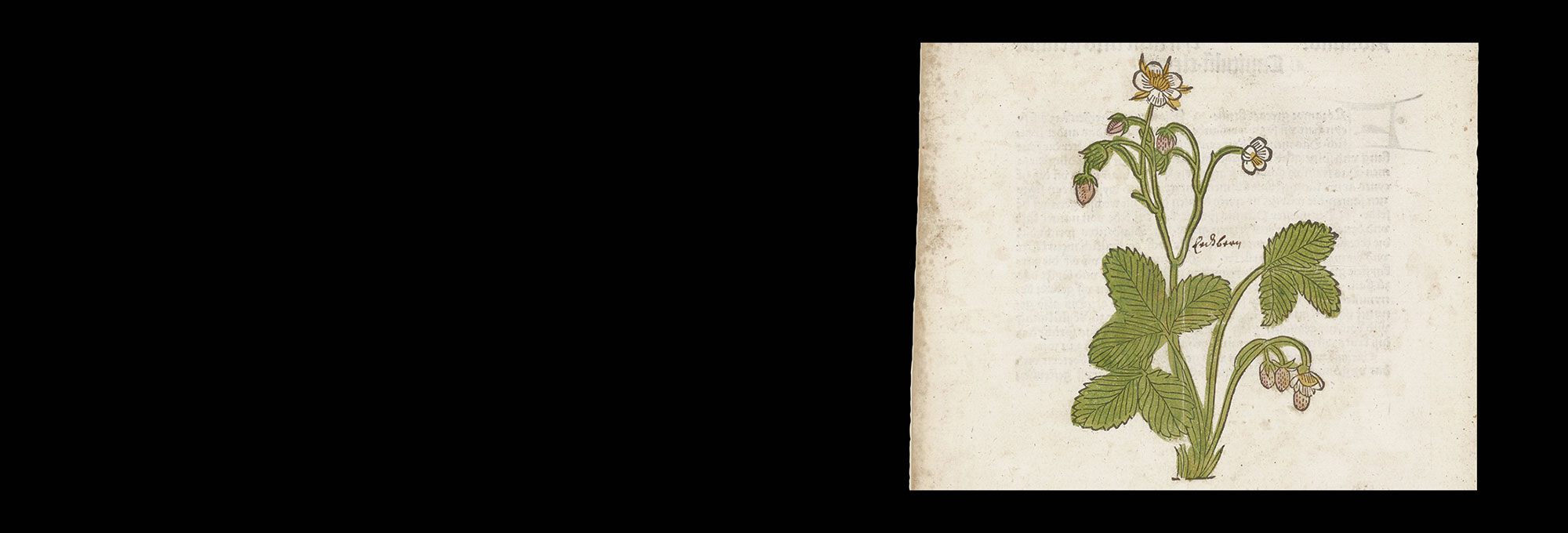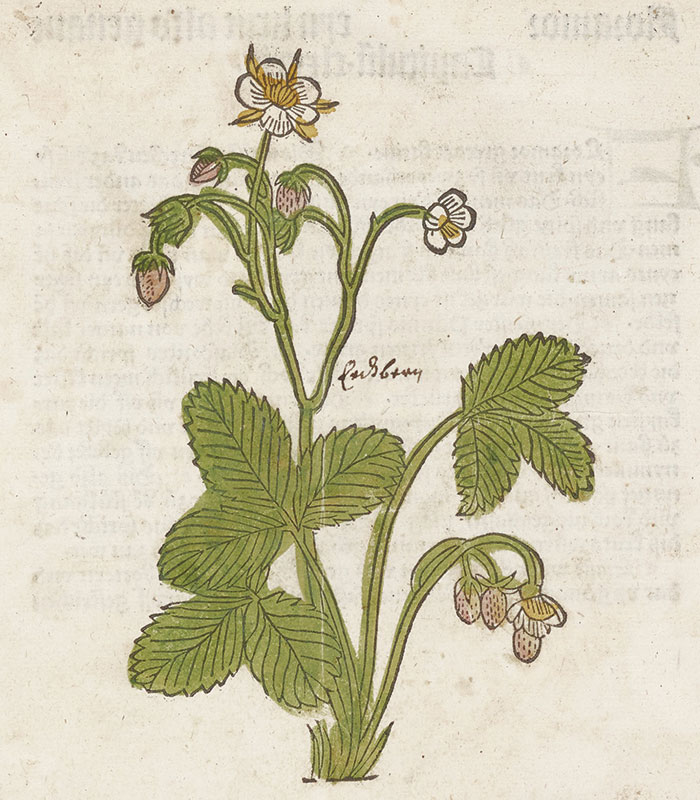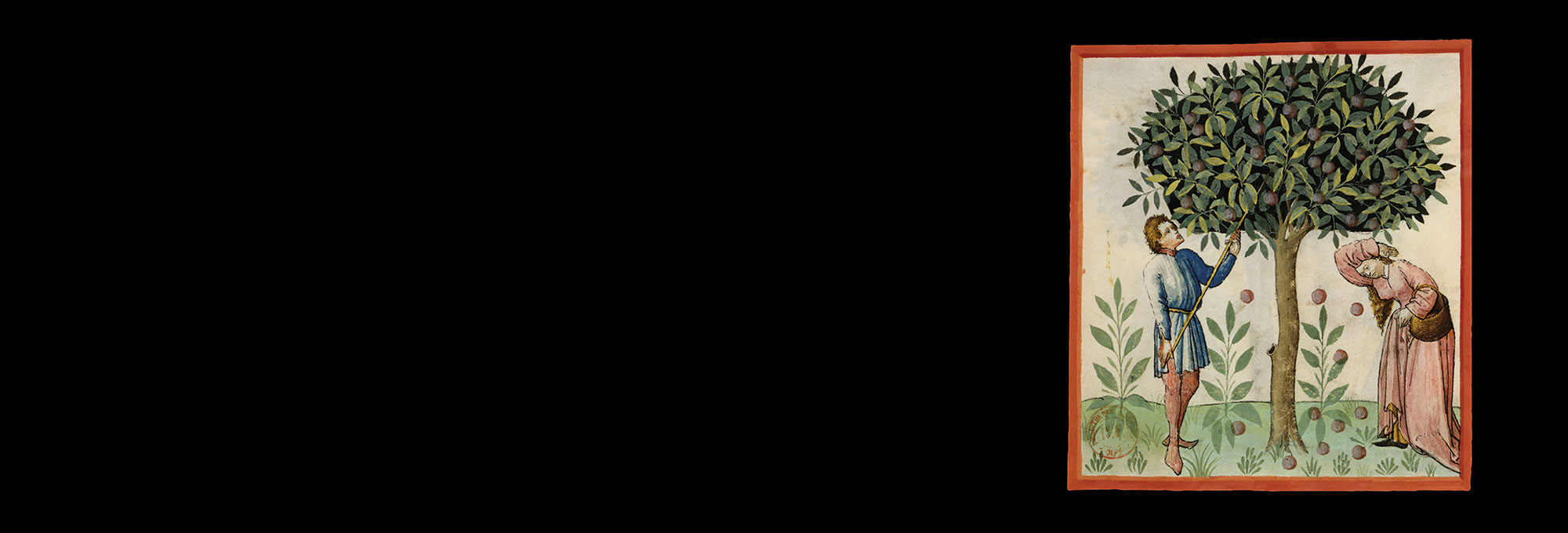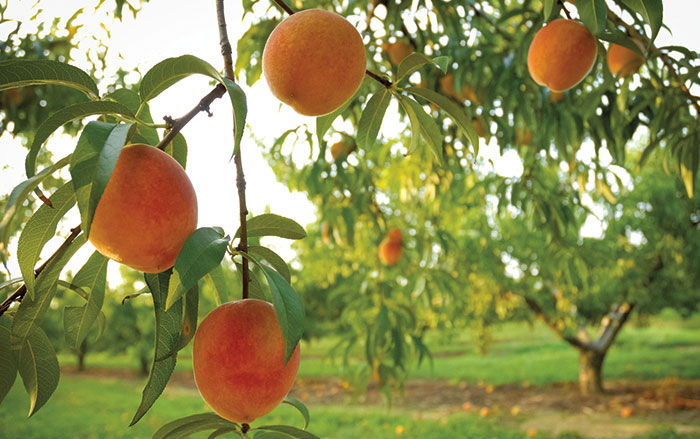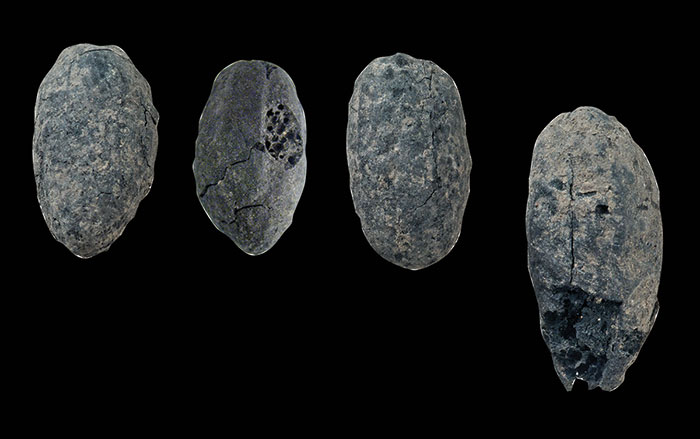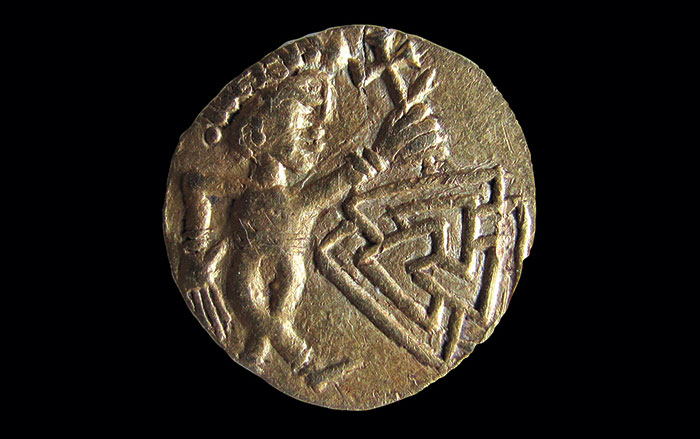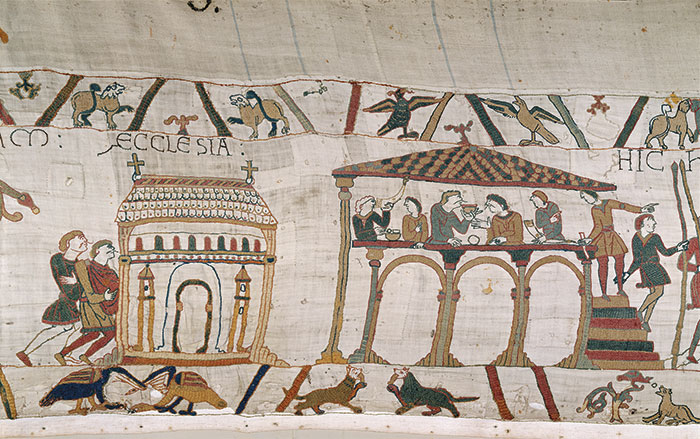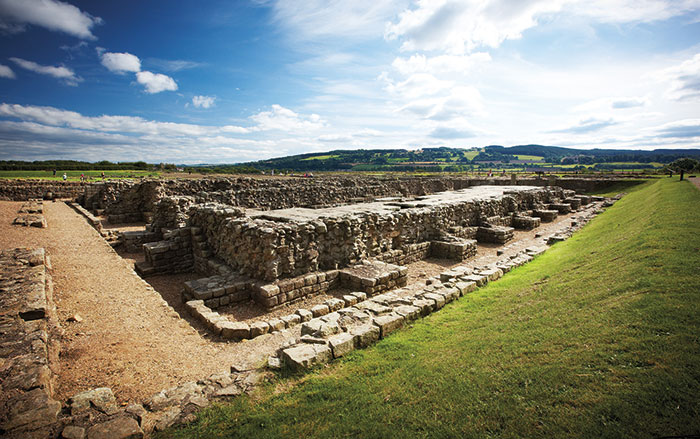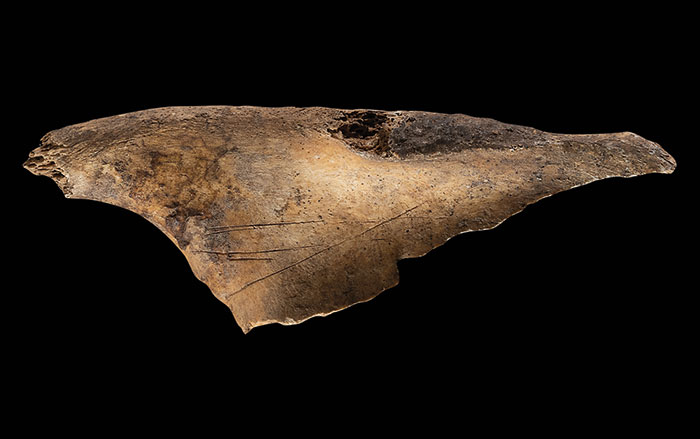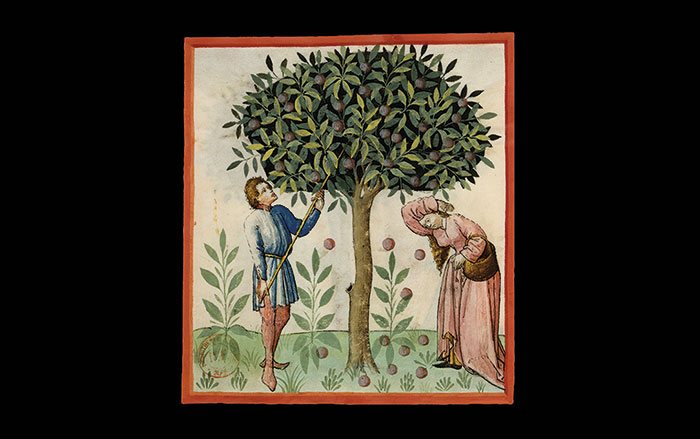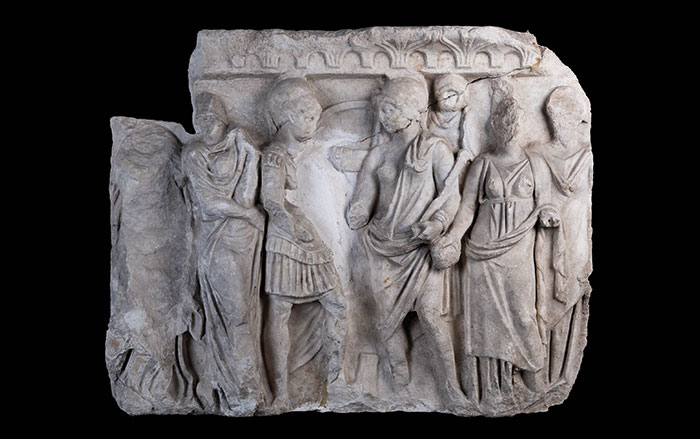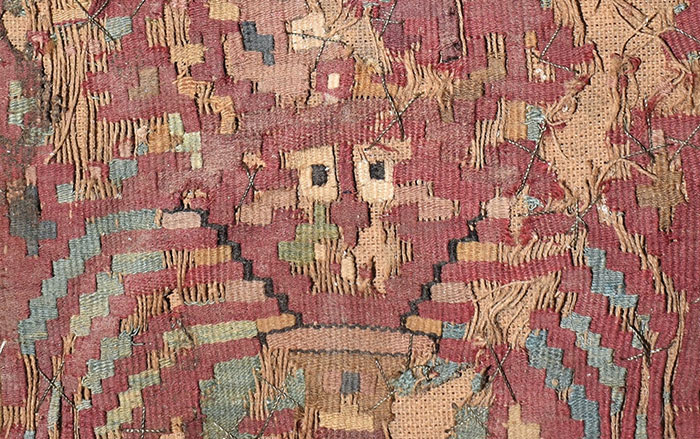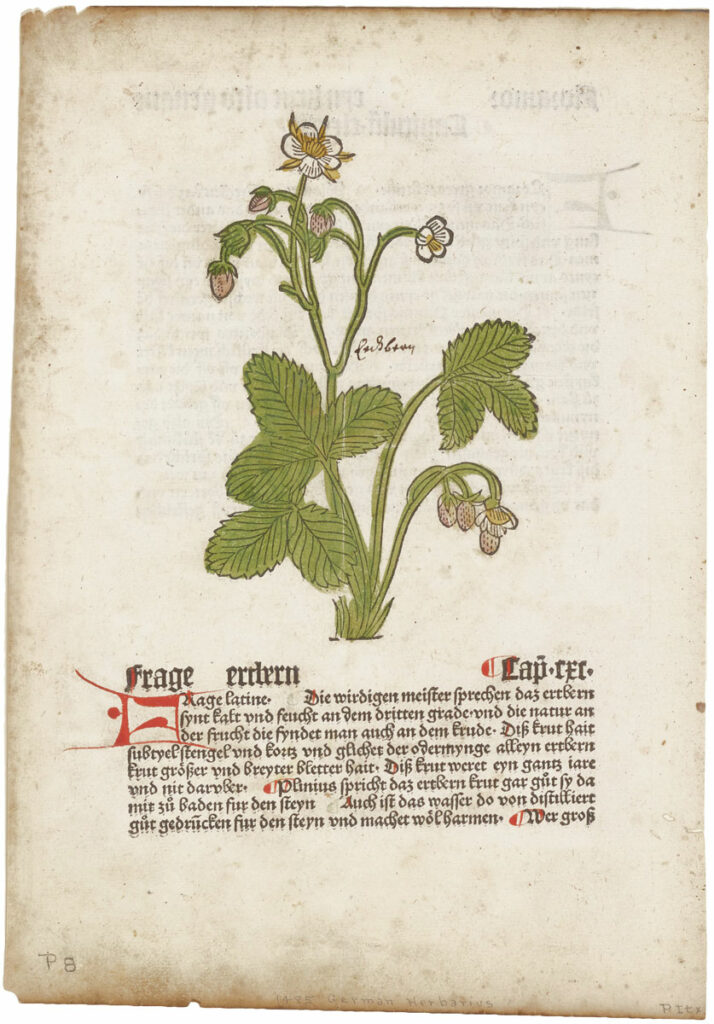
By the early fourteenth century, wealthy landowners and monastic orders across western Europe had brought wild strawberries onto their cultivated lands and inside their garden walls. With its white star-shaped flowers and tiny ruby fruits, the wild strawberry would have provided a feast for the senses in the pleasure gardens of aristocrats. “They have a really strong perfume,” says historian Theresa Tyers of Swansea University. “Like the latest dress, they must have been fashionable to have.” Wild strawberries quickly reached even the most luxurious estates. In 1368, for example, King Charles V’s gardener grew 1,200 wild strawberry plants in the gardens of the Louvre Palace in Paris.
Medieval herbalists valued wild strawberries for their curative properties. “Strawberries were very much seen as natural healing agents,” says Tyers. “Since they grew in cool places, people considered them a cooling element and used them to reduce fevers.” Strawberry leaves and fruit are listed in medieval medical texts from England as crucial ingredients in remedies used to treat maladies such as swelling, rheum, and dysentery. A manuscript dating to the early 1300s comes from northern France’s region of Picardy. There, Mahaut, Countess of Artois, is known to have cultivated strawberries in the gardens of her sprawling estate, which also included a hospital. The text gives a recipe for an ointment featuring strawberry leaves that was used to heal pustulant abscesses or tumors.


